When Khrushchev Came to Gaviota
Every Day Was an Adventure: Kate Dole at the Hollister Ranch
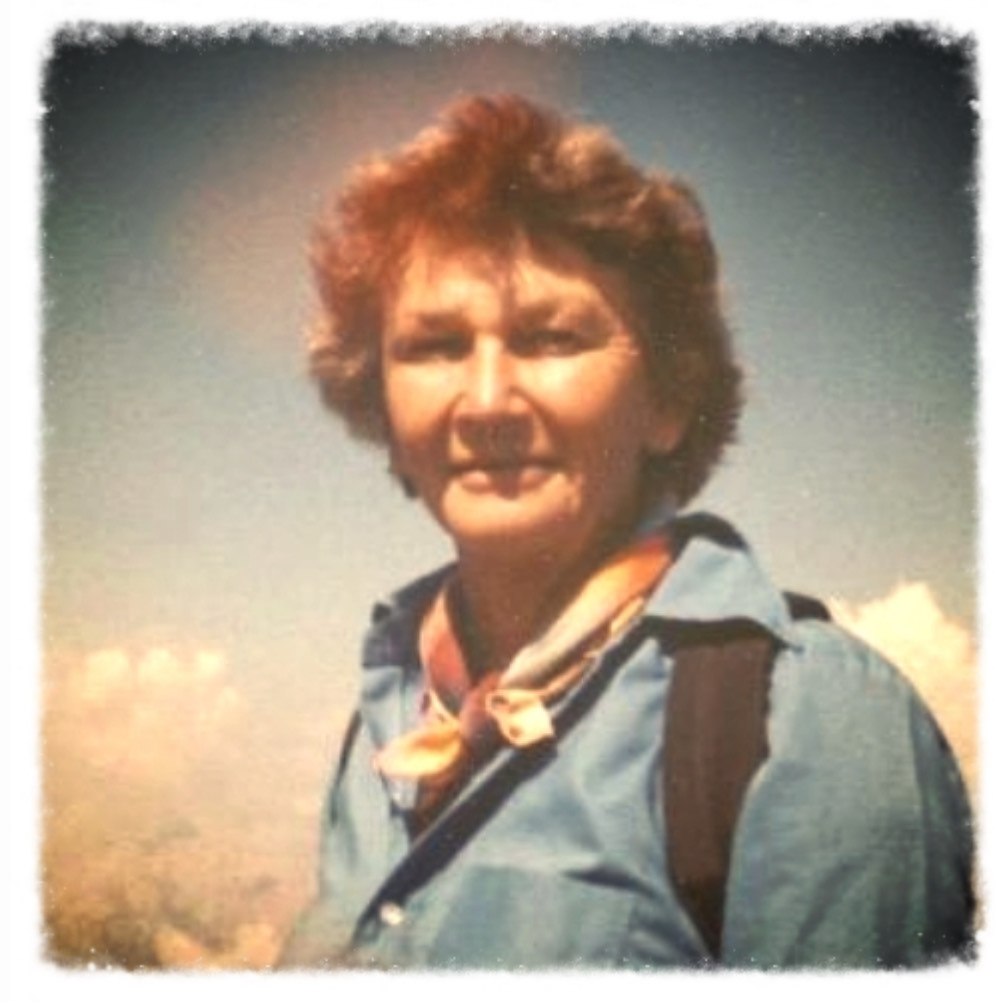
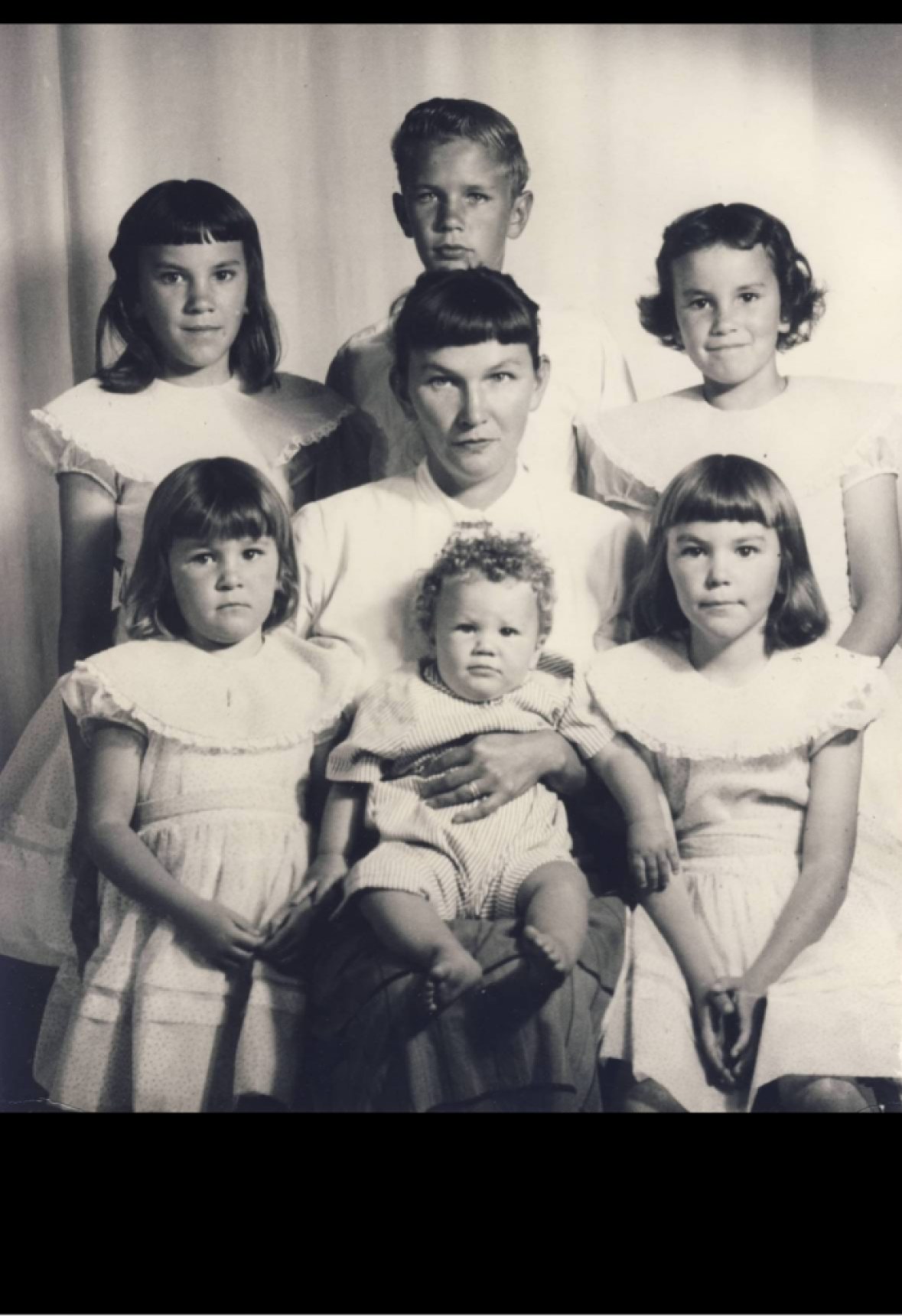
Kathryn H. Dole (1920–2011) lived with her family at the Hollister Ranch during the 1950s and 1960s, residing in the main house, built in 1910. This arrangement began as an offer of summer lodging in exchange for cleaning up the place, but it turned into a decade in which, as Kate put it, “every day was an adventure, and every night was Halloween.” Many years later, I accompanied Kate as she revisited the house and reminisced about life there with her husband –– the artist William Dole –– their seven children, and a delightfully madcap assortment of visitors and friends.
“We didn’t stay here full-time at first,” she said. “For the first two or three years, we drove back and forth on weekends. Then we discovered that my weekends were starting on Thursday night and ending on Tuesday morning. When I first came up, I wore sandals and shorts and carried a small wrench and a little pair of pliers. After I’d been up here a few years, I’d put on the sturdiest blue jeans I could find, wool socks, boots, a long-sleeved shirt, and heavy-duty gloves. My pruning shears went from miniature to grand. The first chain saw I bought was so big, I could barely pick it up!”
We walked behind the house to a grassy rectangle that had once been a swimming pool, built in the 1930s, but don’t imagine some luxurious aqua oasis. “The pool water was pitch black because the lithium in the water up here, combined with the oak leaves — or bourbon — turns it black,” said Kate. “We’d fix somebody a bourbon and water, and they’d have a few sips and set it down on their armchair, and all of a sudden, they’d look at their drink and it’d be black.”
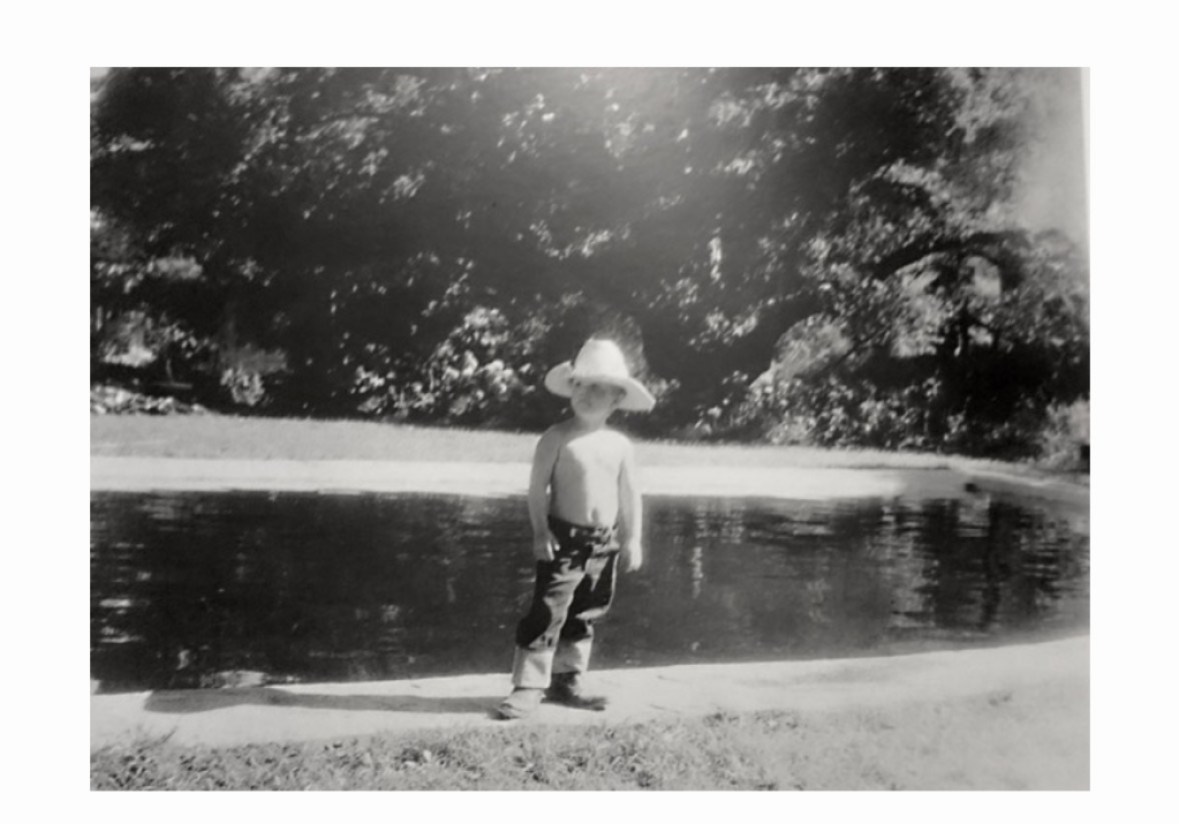
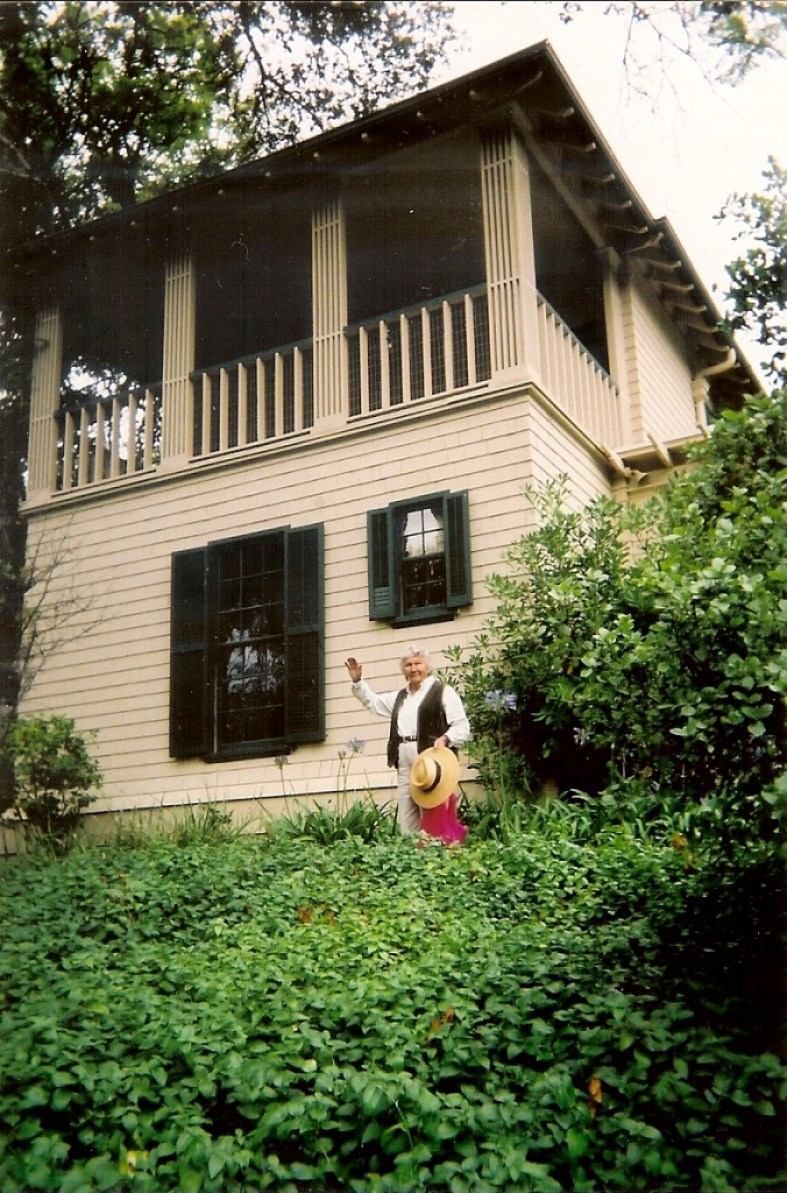
“Water was always our major problem. And it wasn’t the color, it was the lack of it. We were without water for at least one month out of every year. Thank God for the swimming pool, or we couldn’t have done it! We kept buckets of water in the bathroom to flush the toilets, and the rule was: when you used that bucket, you filled that bucket up. We filled up the buckets from the swimming pool, and there’d be occasional screams of ‘Argh! Frogs!’ There were snakes, too.”
Inside the house, Kate marveled at the still-shining hardwood floors she had diligently cared for, recalling annual waxing parties with everyone on their knees. She paused at the old fireplace, described a brass chandelier that had to be removed because the tall men bumped their heads on it while square dancing, and remembered how her brother Theodore would put on Debussy’s La Mer at full volume in the morning and organize the children to all go out and dive into the black swimming pool.
And then there was the unforgettable day in 1959 when Khrushchev came through Gaviota on the train during a visit to California. Because Kate’s brother Grant worked with CBS News, he often had advanced access to privileged information. He called Kate with the details of the Soviet leader’s itinerary so that she could establish a post along the route to watch and take pictures.
“It was very hush-hush,” Kate said. “You weren’t supposed to know about it. But Grant declared that it was an historic occasion and told us to go down there and get on the roof of the beach house.”
The so-called beach house was a ramshackle little shed with tar paper roofing, a never-ending work in progress, but it would be the ideal vantage point from which to view the passage of the train carrying Khrushchev. “I’ll be traveling with him,” Grant explained, “but you won’t know which train it is — there’s going to be a dummy train. Khrushchev’s car will be either in the front or the back, but I’ll throw something out to you as we pass, so you’ll know which train he’s on.”
“Now of course this called for a lot of invention,” said Kate, who was never one to miss out on a happening. “We always kept trunks of costumes in the attic, and all the children were here, so we decided to dress up for this special occasion.”
“We knew an approximate time. There were sheriff’s cars parked everywhere — the place was just swarming with sheriffs, and they had been out most of the night. So, we started down, gaily adorned in our costumes and scarves. I was carrying a movie camera. It was early in the morning; we didn’t want to be late. And everyone was all dressed up. It was quite a colorful procession.”
“As we were going across the tracks, I set the camera down because I had to adjust some scarves that were trailing, and I also had to get the kids across. Suddenly, out of nowhere, this giant army helicopter dropped down over us. The kids all screamed, and I shouted, ‘Run to the beach house!’ No one could hear anything, and everybody was running in every direction, but my idea was to get to the beach house. I grabbed the camera. The chopper was causing stuff to blow and there were rocks this big flying through the air. Everyone was so scared, I don’t know if they heard me or not, but we finally got into the beach house.”
“I realized then that they thought we were somebody that was going to blow up the tracks! They continued circling, hovering. I got out and I waved to them, and I opened my camera. We got up on the roof of the beach house and the kids were screaming and yelling as the train came. Then Grant threw something off the train, and that was the signal.”
“But the funniest part was that we made international news — the papers in Russia all came out and said that the peasants in their native costumes had lined the railway from Los Angeles to San Francisco shouting greetings.”
“You probably distorted Russian perceptions of America for generations to come,” I said.
“Yes,” replied Kate, “it is generally believed that at least out here, the peasants were mighty glad to see old Khrushchev.”

Premier Events
Thu, May 02
5:00 PM
Santa Barbara
Things with Wings at Art & Soul
Sat, May 04
10:00 AM
Lompoc
RocketTown Comic Con 2024
Thu, May 02
5:00 PM
Santa Barbara
100th Birthday Tribute for James Galanos
Thu, May 02
5:00 PM
Santa Barbara
Meet the Creator of The Caregiver Oracle Deck
Fri, May 03
4:00 PM
Santa Barbara
Santa Barbara Fair+Expo “Double Thrill Double Fun”
Fri, May 03
8:00 PM
Santa barbara
Performance by Marca MP
Sat, May 04
10:00 AM
Solvang
Touch A Truck
Sat, May 04
11:00 AM
Santa Barbara
Mental Wellness Center’s 28th Annual Arts Faire
Sat, May 04
11:00 AM
Santa Barbara
Community History Day
Sat, May 04
3:00 PM
Solvang
The SYV Chorale Presents Disney Magic Concert
Sat, May 04
7:00 PM
Santa Barbara
A Star Wars Cantina Celebration: Renegades, Rebels, and Rogues
Tue, May 07
7:00 PM
Santa Barbara
Theatre Eclectic Presents “The Great Gatsby” – Wake Auditorium
Thu, May 02 5:00 PM
Santa Barbara
Things with Wings at Art & Soul
Sat, May 04 10:00 AM
Lompoc
RocketTown Comic Con 2024
Thu, May 02 5:00 PM
Santa Barbara
100th Birthday Tribute for James Galanos
Thu, May 02 5:00 PM
Santa Barbara
Meet the Creator of The Caregiver Oracle Deck
Fri, May 03 4:00 PM
Santa Barbara
Santa Barbara Fair+Expo “Double Thrill Double Fun”
Fri, May 03 8:00 PM
Santa barbara
Performance by Marca MP
Sat, May 04 10:00 AM
Solvang
Touch A Truck
Sat, May 04 11:00 AM
Santa Barbara
Mental Wellness Center’s 28th Annual Arts Faire
Sat, May 04 11:00 AM
Santa Barbara
Community History Day
Sat, May 04 3:00 PM
Solvang
The SYV Chorale Presents Disney Magic Concert
Sat, May 04 7:00 PM
Santa Barbara
A Star Wars Cantina Celebration: Renegades, Rebels, and Rogues
Tue, May 07 7:00 PM
Santa Barbara

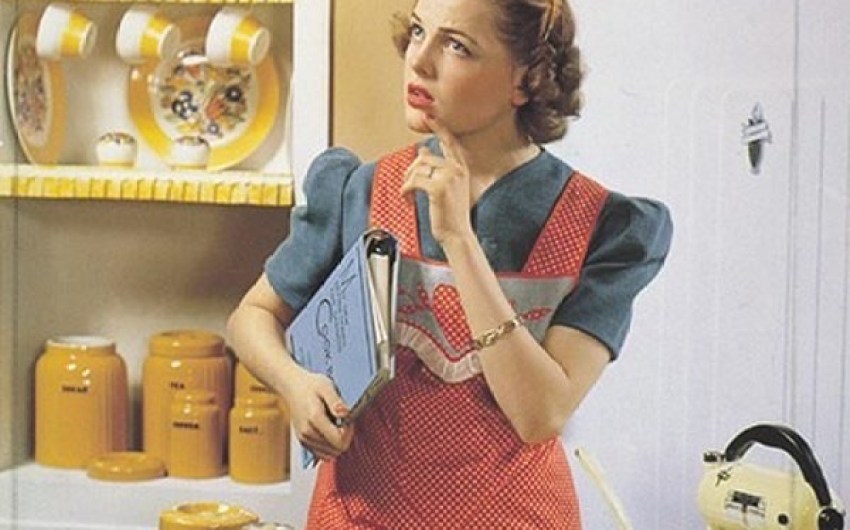
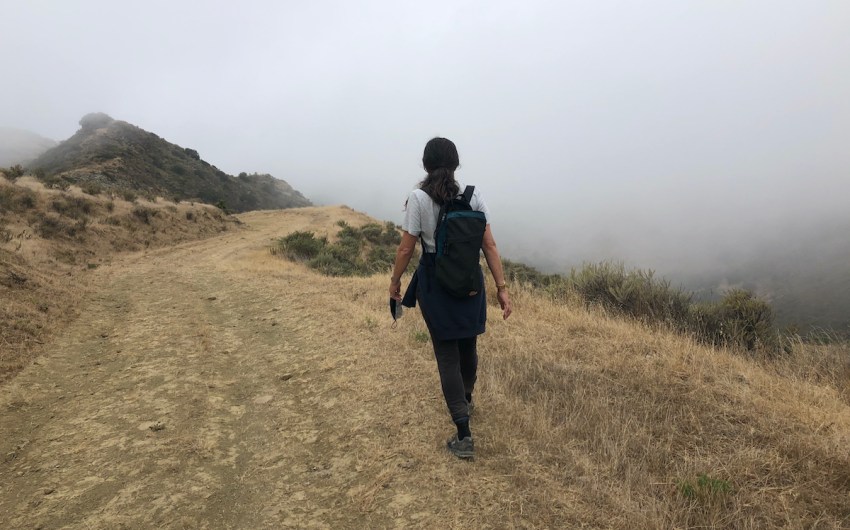
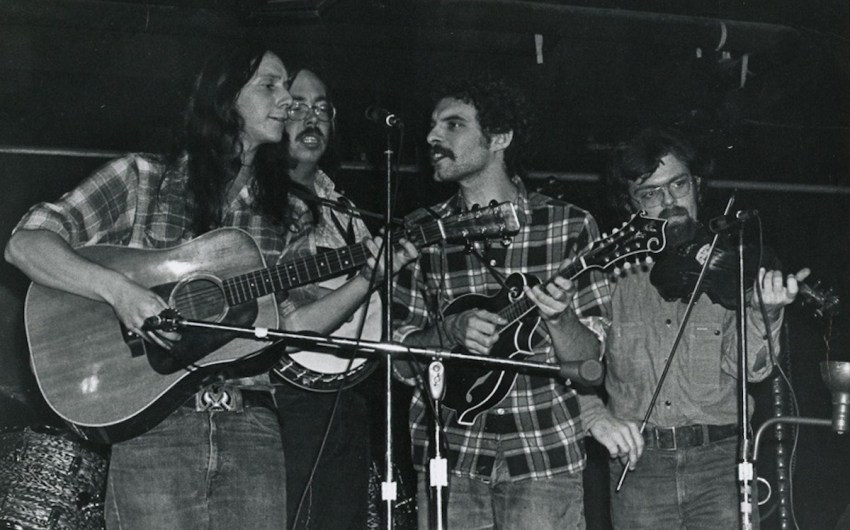
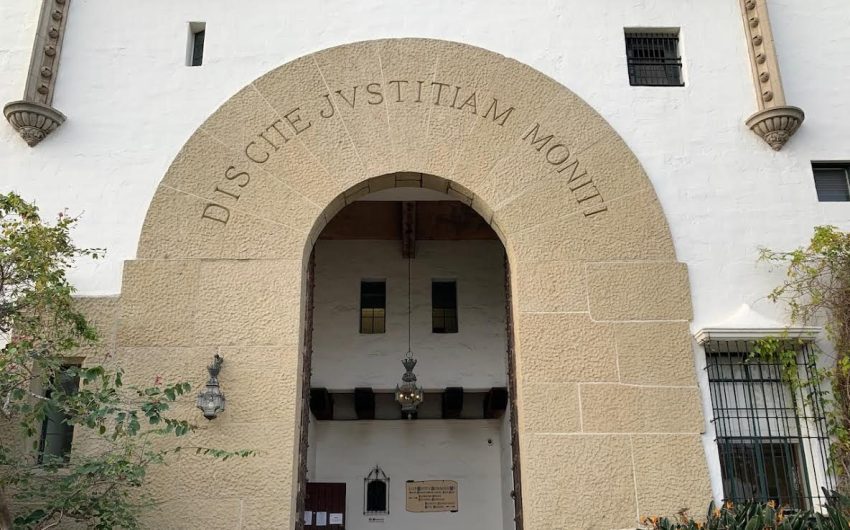

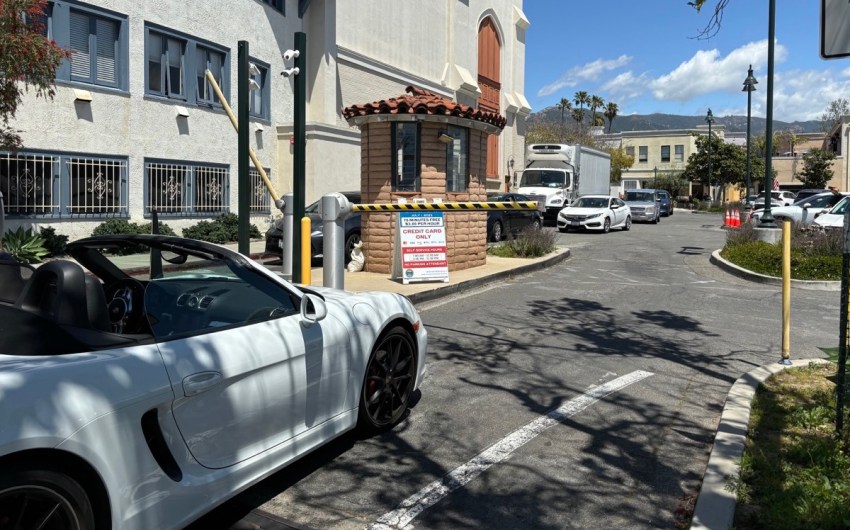

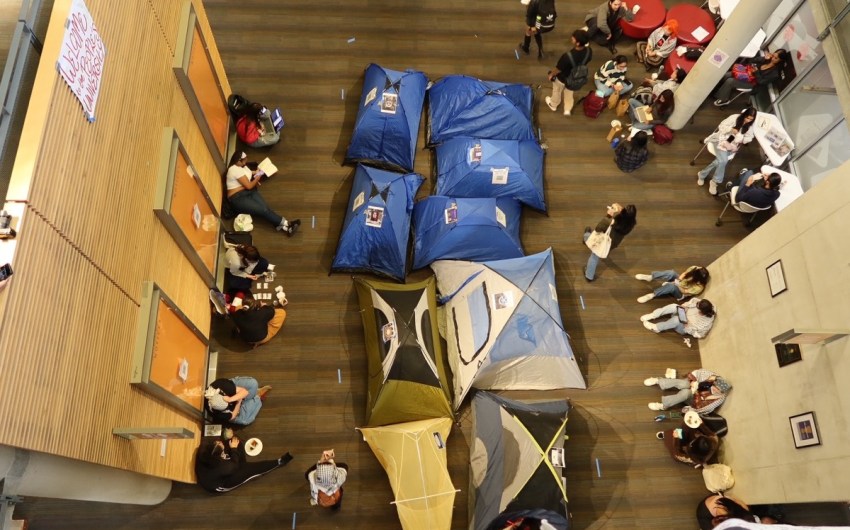



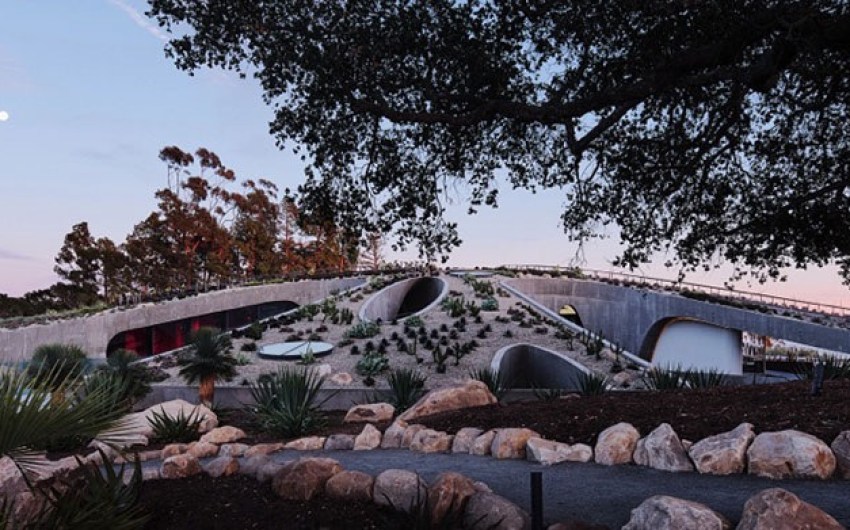
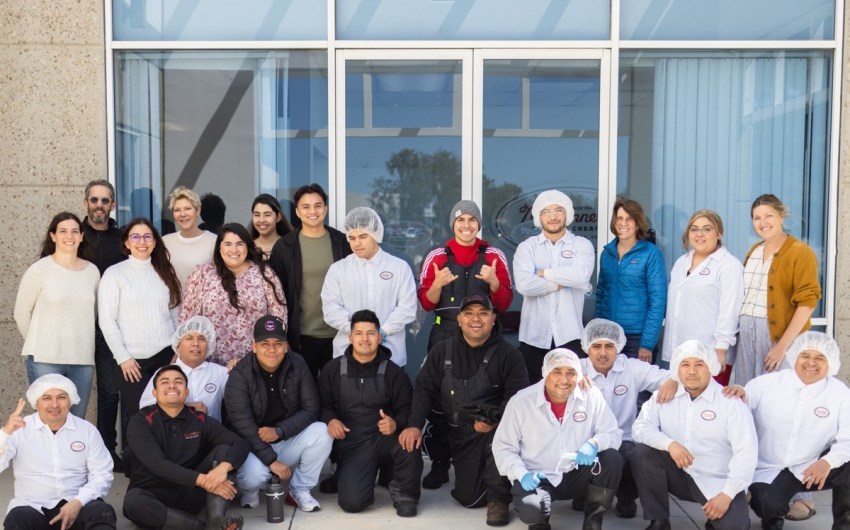












You must be logged in to post a comment.